8i | 9i | 10g | 11g | 12c | 13c | 18c | 19c | 21c | 23ai | Misc | PL/SQL | SQL | RAC | WebLogic | Linux
VMware ESX Server 3.5 Update 2 Installation
Products such as VMware Server and VMware Workstation are hypervisors that sit on top of a guest operating system, so some of the server resources are taken up by the host operating system. ESX Server is the enterprise level hypervisor from VMware, which installs on the "bare-metal", making it significantly more efficient.
Once installed, you are able to create virtual machines, each running as a complete system, with processors, memory, networking, storage and BIOS.
This article describes the "bare-metal" installation and basic usage of VMware ESX Server 3.5 Update 2.
- Download Software
- VMware ESX Server Installation
- VMware Infrastructure Client Installation
- Virtual Machine Setup
- Guest Operating System Installation
- VMware Tools Installation
Download Software
Download the following software.
VMware ESX Server Installation
Start the VMware ESX Server installation by booting from the VMware ESX Server CD.
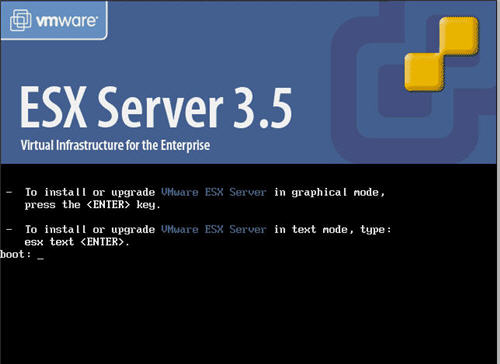
Tab to the "Skip" button and press the "Enter" key to skip the media test.
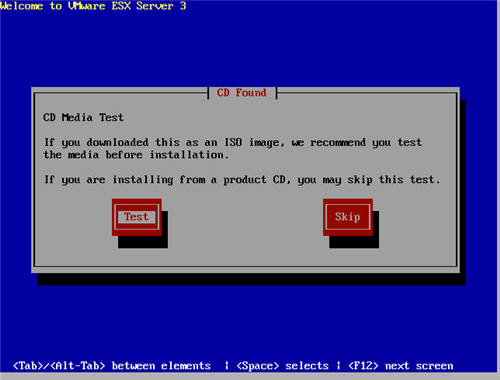
Click the "Next" button on the welcome screen.
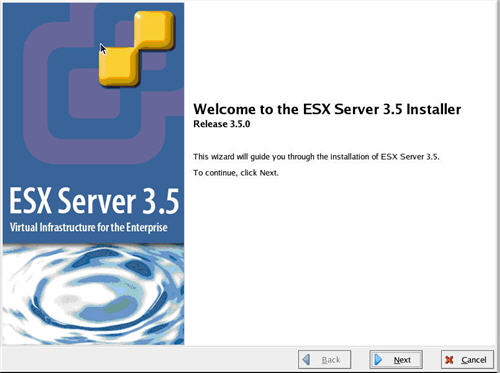
Select the relevant keyboard option, then click the "Next" button.
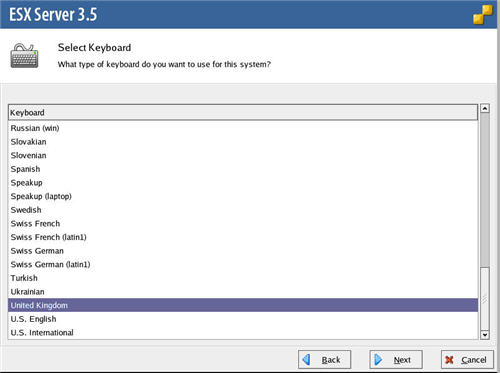
Select the relevant mouse option, then click the "Next" button.
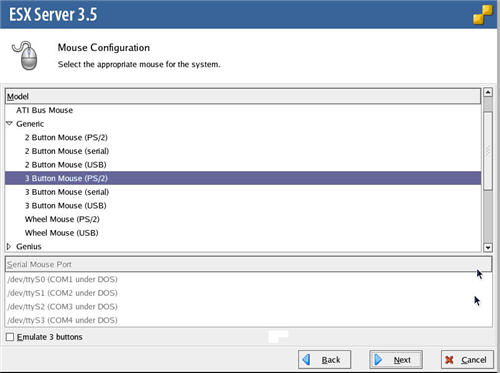
Select the "Install" installation type option, then click the "Next" button.
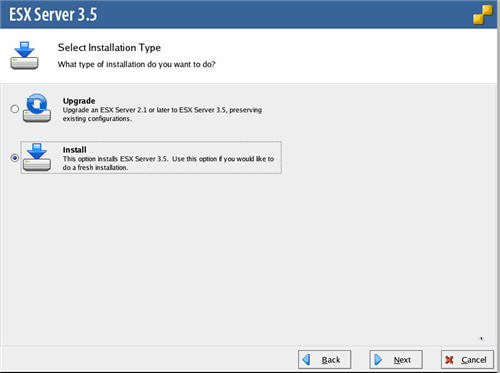
Accept the license agreement, then click the "Next" button.
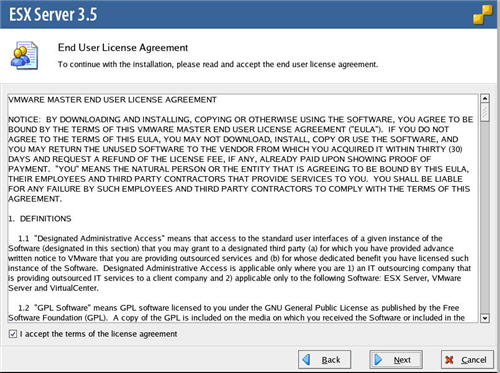
Accept the default partitioning option by clicking the "Next" button.
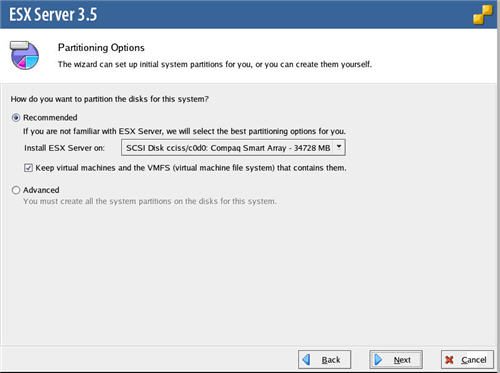
Click the "Yes" button on the subsequent "Warning" dialog.
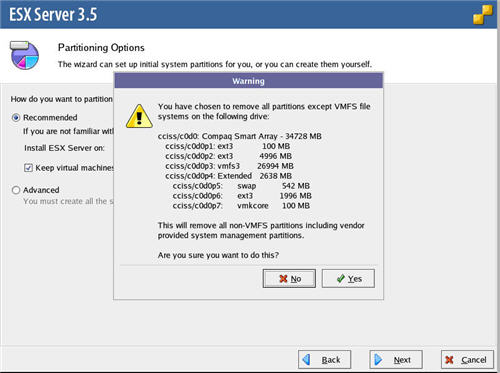
Accept the default partition structure by clicking the "Next" button.
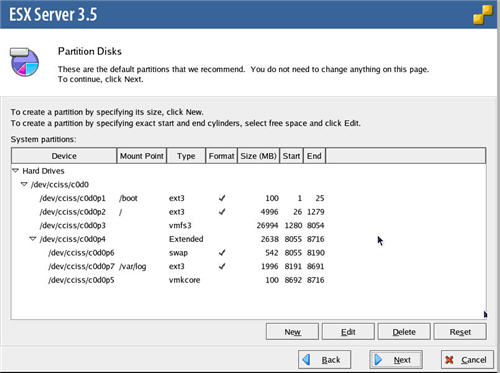
Click the "Next" button on the "Advanced Options" screen.
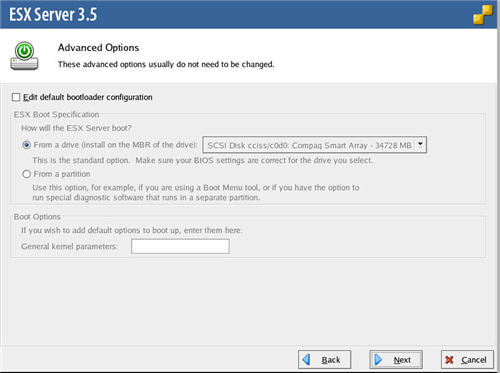
Enter the appropriate network information for your site, then click the "Next" button.
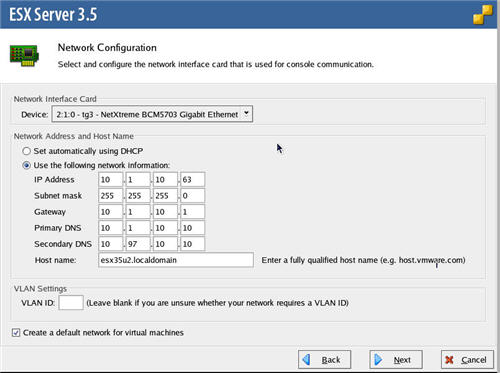
Select your time zone by clicking on the map or selecting the location on the "Location" tab, then click the "Next" button.
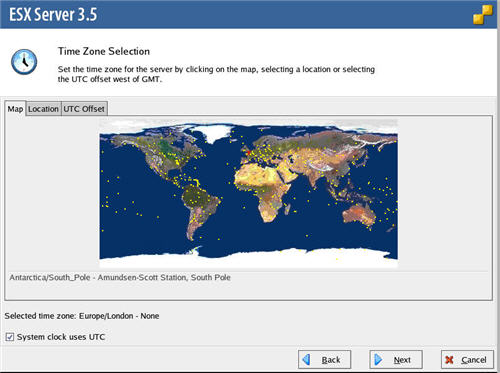
Enter the "root" password, and create any additional users required. Additional users can also be created from the client tool at a later time. Click the "Next" button.
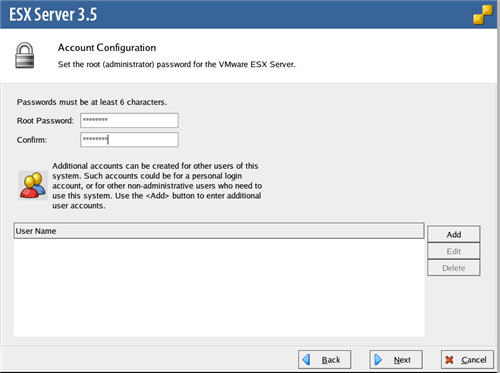
Check the summary information for the installation, then click the "Next" button.

Wait while the installation takes place.
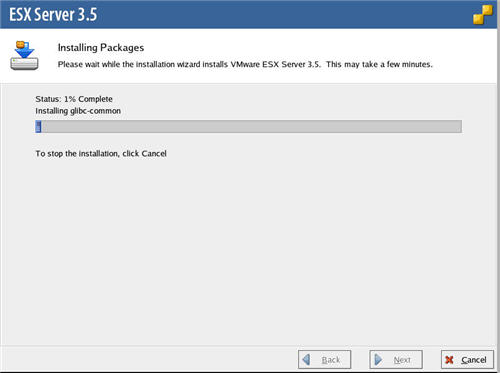
Once the installation is complete, click the "Finish" button.
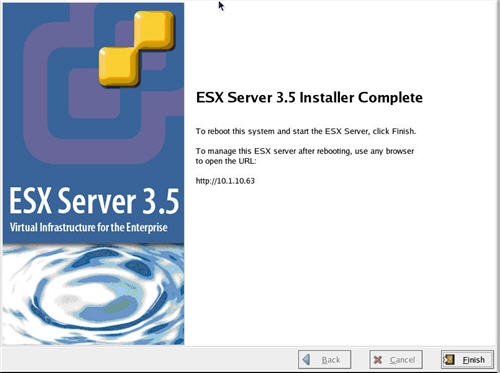
Once the server has rebooted, you are presented with the console window, which lists the URL for the VMware ESX Server 3 welcome page.
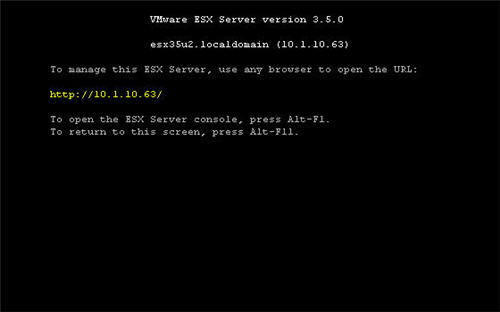
Open a browser on a client PC and got to the link specified on console screen.
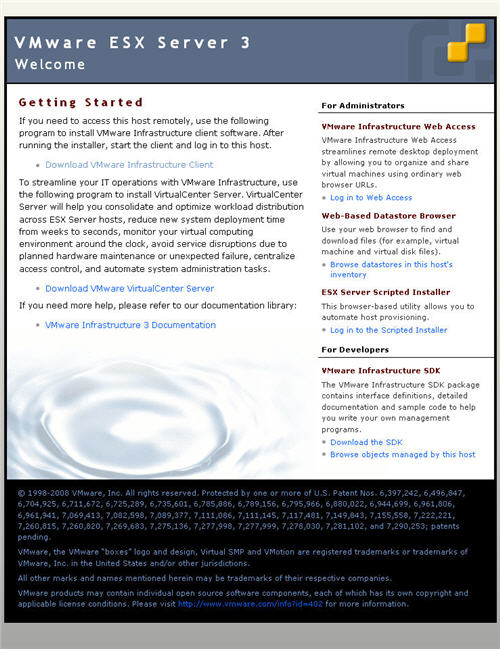
The resulting page includes a link to the VMware Infrastructure Client installation, which we will install next.
VMware Infrastructure Client Installation
Navigate to the VMware ESX Server 3 welcome page using the URL listed on the console and click the "Download VMware Infrastructure Client" link. Start the installation once the download is complete.
Select the appropriate setup language and click the "OK" button.
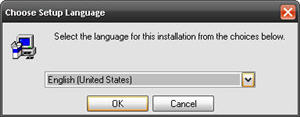
Click the "Next" button on the welcome page.
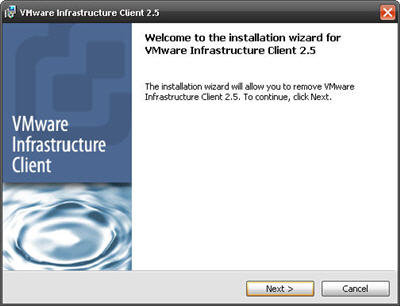
Accept the license agreement and click the "Next" button.
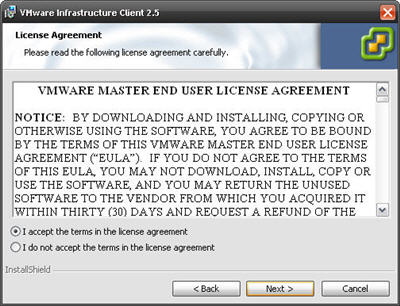
Enter the customer information and click the "Next" button.
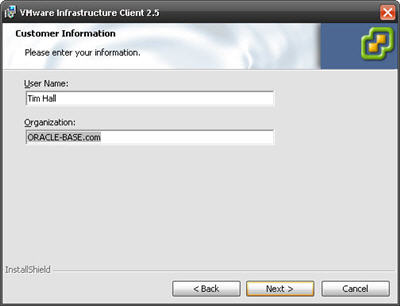
Click the "Next" button on the "Custom Setup" screen.
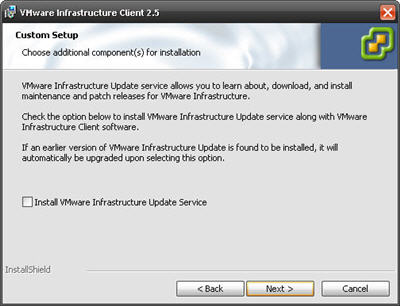
Accept the default destination folder by clicking the "Next" button.
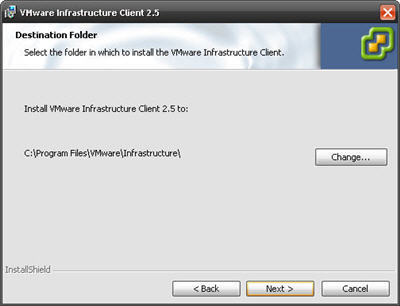
Click the "Install" button.
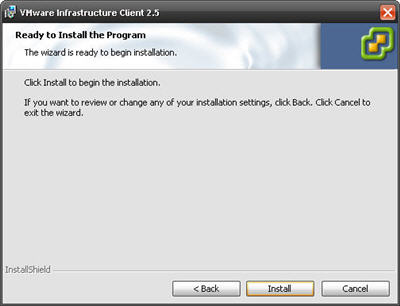
Wait while the installation takes place.
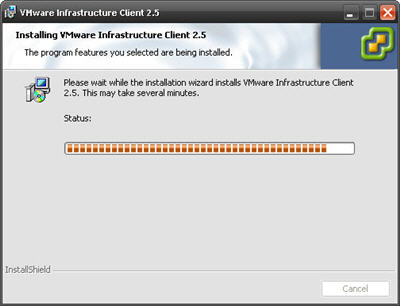
When the installation is complete, click the "Finish" button.
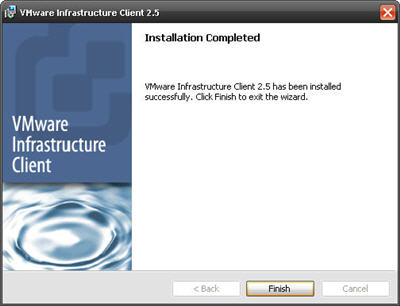
Start the client application and log in to the ESX server with the credentials specified during the installation.
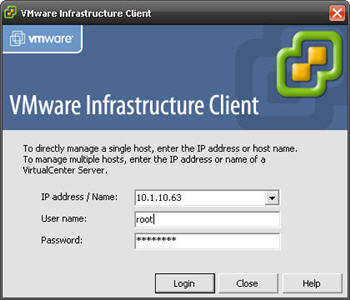
You are then presented with the console.
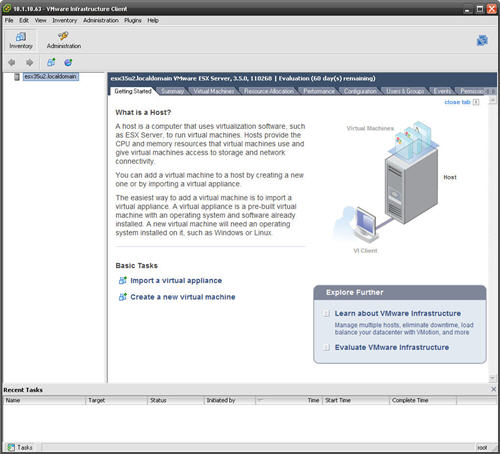
You are now ready to start creating virtual machines.
Virtual Machine Setup
The virtual machine creation process will vary a little depending on your requirement. To give you a feel for the process I will set up a small Red Hat Enterprise Linux (RHEL) 5 virtual machine.
Right-click on the ESX server in the left-hand pane and select the "New Virtual Machine..." menu option.
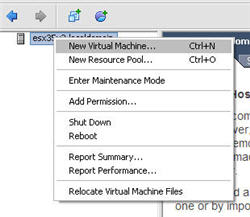
Select the custom option and click the "Next" button.
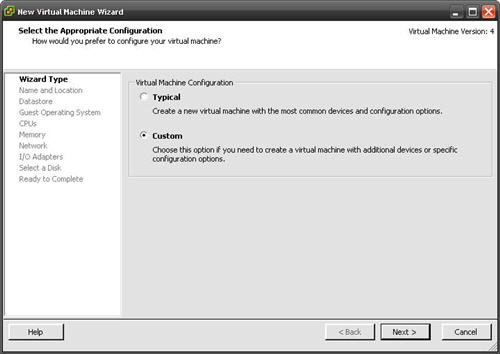
Enter the virtual machine name as you would like it to appear in the right-hand pane of the client, then click the "Next" button.
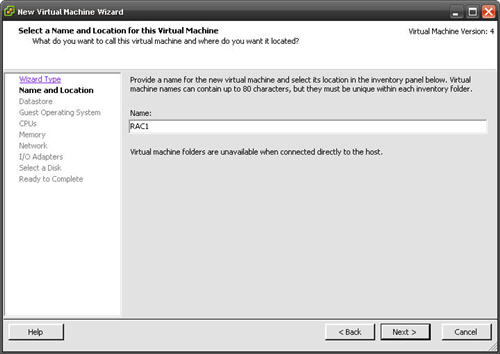
Select the default datastore by clicking the "Next" button.
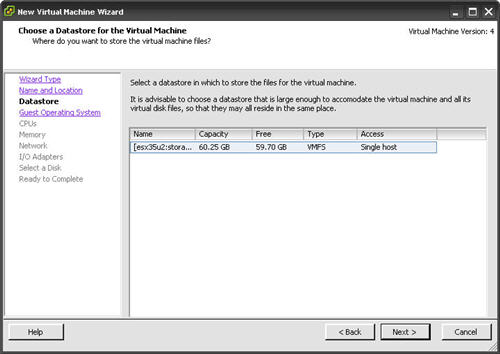
Select the appropriate operating system and version, then click the "Next" button.
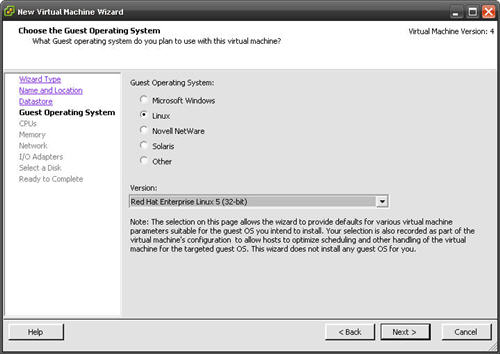
Select the required number of CPUs for the virtual machine, then click the "Next" button.
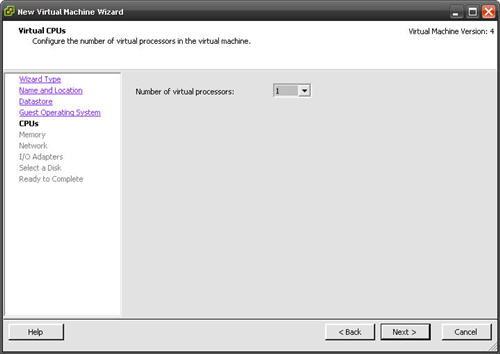
Enter the required amount of memory for the virtual machines, then click the "Next" button.
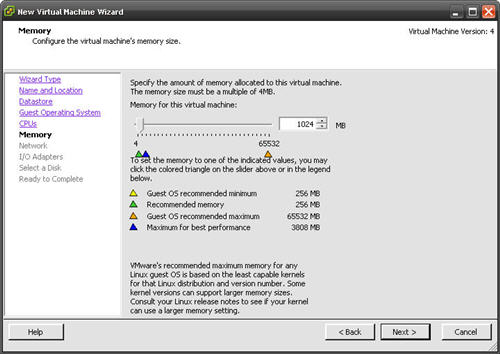
Select the number and type of networks cards required, then click the "Next" button.
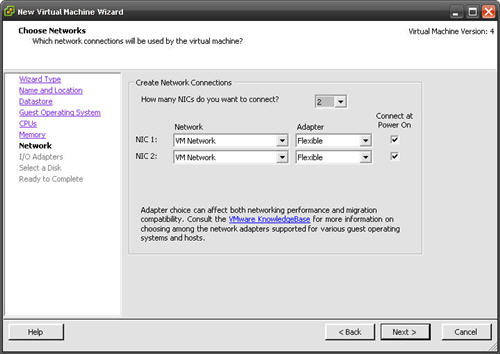
Accept the default storage adapter by clicking the "Next" button.
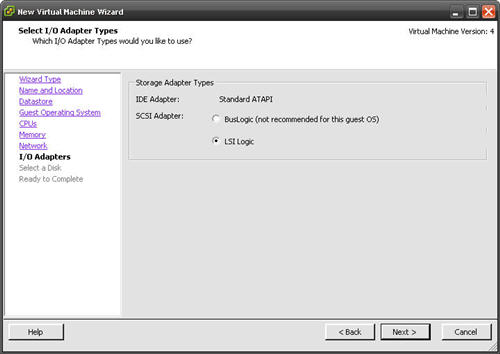
Accept the "Create a new virtual disk" option by clicking the "Next" button.
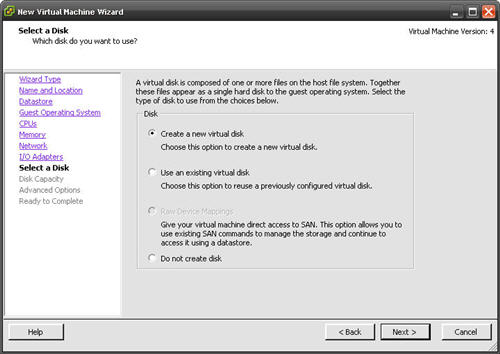
Enter the appropriate disk capacity, then click the "Next" button.
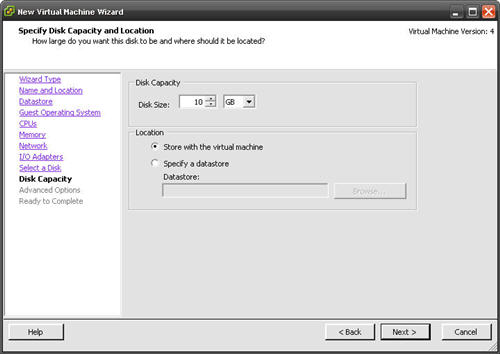
Click the "Next" button to ignore the advanced options.

If you are happy with the summary information, click the "Finish" button.
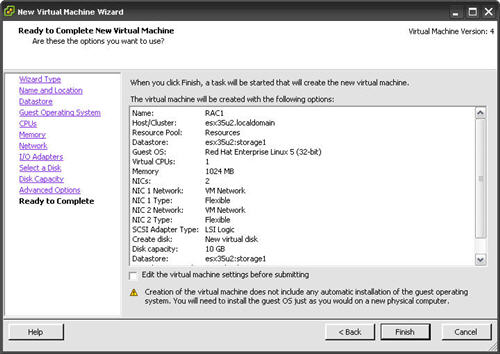
The virtual machine is now visible in the left-hand pane.

To start the virtual machine, click the play button on the toolbar. The virtual machine will start and attempt to boot from any installable media, or the network.
Guest Operating System Installation
Place the operating system disk in the client PC's CD drive and start the virtual machine by clicking the play button on the toolbar. The right pane of the client should display a boot loader, then the operating system installation screen.
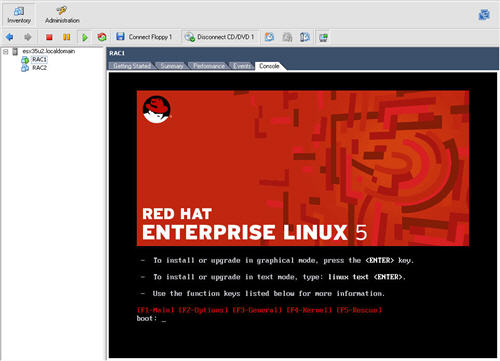
Continue through the operating system installation as you would for a normal server.
VMware Tools Installation
Once the operating system installation is complete, you should install the VMware tools. The process my vary a little depending on the operating system. This example shows the installation on Red Hat Enterprise Linux (RHEL) 5.
From the "VM" menu, select the "Install/Upgrade VMware Tools" menu option.
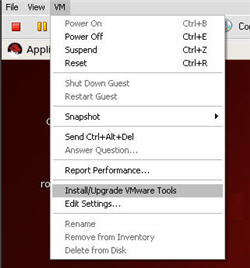
Click the "OK" button in the information dialog.
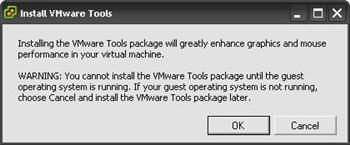
A folder group will appear containing an "RPM" file. Right-click on the file and select the "Open with "Software Installer"" menu option.
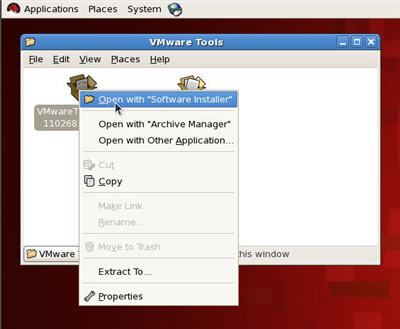
Once the software has installed, click the "OK" button and the CD should unmount automatically.
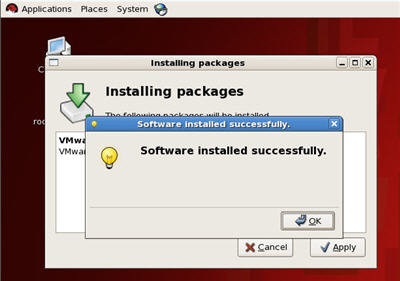
You must then run the "vmware-config-tools.pl" script as the root user.
# vmware-config-tools.pl
Accept all the default settings and pick the screen resolution of your choice. The VMware tools are now installed.
Start the VMware Toolbox using the "vmware-toolbox" command.
# /usr/bin/vmware-toolbox
Select the time synchronization options, then close the dialog.
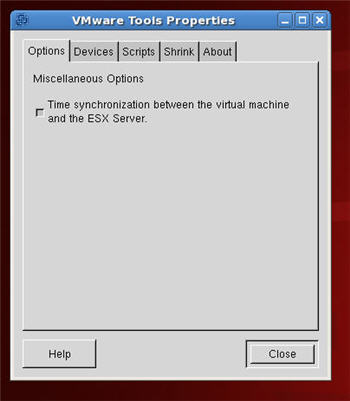
Reboot the server and the virtual machine installation is complete. You can now start using your virtual machine just like any other server.
For more information see:
Hope this helps. Regards Tim...